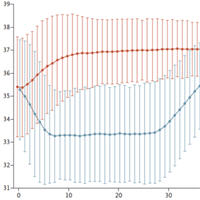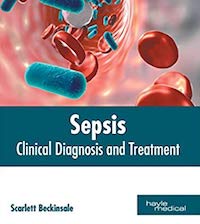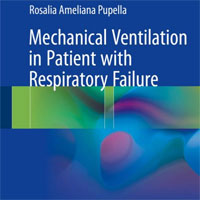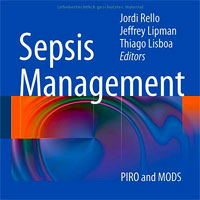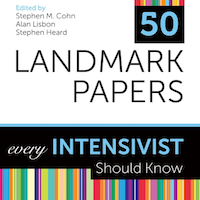Tag: trial
Prophylactic Melatonin for Delirium in Intensive Care (Pro-MEDIC)
Enteral melatonin initiated within 48 h of ICU admission did not reduce the prevalence of delirium compared to placebo. These findings do not support the routine early use of melatonin in the critically ill. A total of... read more
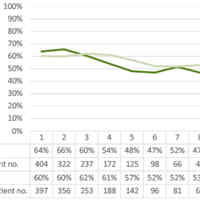
Balanced Fluid Resuscitation for the Critically-Ill: the PLUS study mirrors the BaSICS
Intravenous fluid therapy is one of the most commonly-performed interventions in all of critical care medicine. Numerous trials over the last 20 years have attempted to identify the ideal fluid for those in the intensive... read more
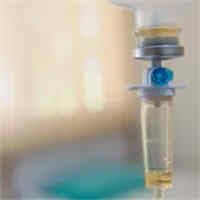
Effect of Intra-arrest Transport, ECPR, and Treatment on Functional Neurologic Outcome
Among patients with refractory out-of-hospital cardiac arrest, the bundle of early intra-arrest transport, extracorporeal cardiopulmonary resuscitation (ECPR), and invasive assessment and treatment did not significantly improve... read more
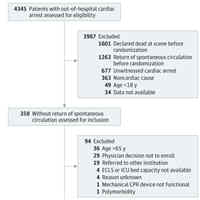
Anticoagulation Post-Discharge in Patients Hospitalized Secondary to COVID-19
This study contains interesting data that could contribute to the standard of practice when treating patients after hospitalization for COVID-19. However, use caution when applying the results of this study. Several problems... read more

Intravenous Vitamin C Administration to Septic Shock Patients
Our pilot study indicated that intravenous vitamin C did not provide significant decreases in the mean dose or duration of vasopressor infusion. Further research that takes into account the potential impact of intervention... read more
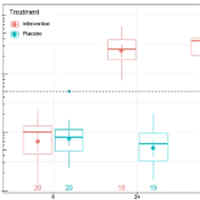
Coupled Plasma Filtration and Adsorption for Septic Shock Treatment
Early deaths are likely related to the ongoing CPFA treatment, for reasons that if identified could allow some deaths to be prevented. We hypothesize a connection to hemodynamic instability consequent on renal replacement... read more

The Ongoing Saga of Normal Saline vs. Balanced Fluids
I have discussed the ongoing battle between normal saline and ‘balanced fluids’ many times in the past. First, there was the SPLIT trial, a double blind cluster RCT of 2200 ICU patients that showed no difference between... read more
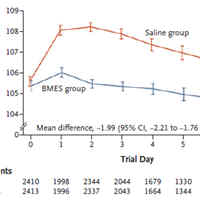
Association Between Incident Delirium Treatment with Haloperidol and Mortality in Critically Ill Adults
Treatment of incident delirium and its symptoms with haloperidol may be associated with a dose-dependent improvement in survival. Future randomized trials need to confirm these results. Patients were evaluated tid for... read more
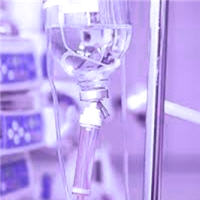
The Role of Antiviral Treatment in the COVID-19 Pandemic
US Food and Drug Administration (FDA) issued an emergency use authorisation for Pfizer's COVID-19 antiviral, Paxlovid few weeks ago. Trial results released by the manufacturer indicate that the drug cuts the risk of hospitalisation... read more

A New Risk Assessment Model for Hospital-Acquired Venous Thromboembolism in Critically Ill Children
Using the multicenter Children’s Hospital-Acquired Thrombosis registry, we identified five independent risk factors for hospital-acquired venous thromboembolism in critically ill children, deriving a new hospital-acquired... read more

Saline vs. Balanced Crystalloid in Patients with Diabetic Ketoacidosis
In patients with diabetic ketoacidosis (DKA), the use of saline may be associated with longer time to DKA resolution, higher post-resuscitation serum chloride levels, lower post-resuscitation serum bicarbonate levels, and... read more
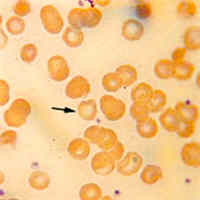
Effect of Early Fluvoxamine Treatment Among COVID-19 Patients
Treatment with fluvoxamine (100 mg twice daily for 10 days) among high-risk outpatients with early diagnosed COVID-19 reduced the need for hospitalisation defined as retention in a COVID-19 emergency setting or transfer to... read more
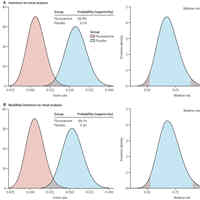
Bringing Biological ARDS Phenotypes to the Bedside with Machine-learning-based Classifiers
The identification of distinct phenotypes within heterogeneous disease states is a key component of personalised medicine, enabling enrichment of clinical trials, better prognostication, and delivery of tailored treatments... read more

The Small Percutaneous Catheter vs. Large Open Chest Tube For Traumatic Hemothorax
Small caliber 14-Fr PCs are equally as effective as 28- to 32-Fr chest tubes in their ability to drain traumatic HTX with no difference in complications. Patients reported better IPE scores with PCs over chest tubes,... read more
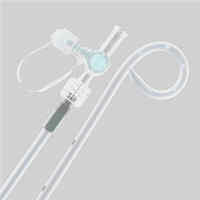
Anticoagulation in COVID-19
Thrombotic complications (arterial and venous) are common in patients admitted to hospital with COVID-19 and are an independent predictor of poor outcome. Microvascular thrombi also contribute to organ dysfunction, including... read more

Biomarker-guided Steroid Dosing in COVID-19 Pneumonia
Although corticosteroid administration has been associated with improved outcomes in severe COVID-19 pneumonia, their ideal use remains undefined with a "one size fits all" approach used, irrespective of the individual inflammatory... read more
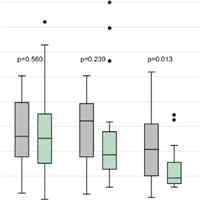
Extracorporeal Cardiopulmonary Resuscitation (ECPR) in Adults
Rates of survival with functional recovery for both in-hospital and out-of-hospital cardiac arrest are notably low. Extracorporeal cardiopulmonary resuscitation (ECPR) is emerging as a modality to improve prognosis by augmenting... read more
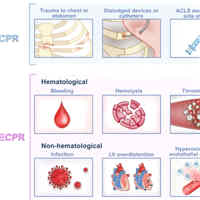
Effect of High-Flow Oxygen Therapy vs Conventional Oxygen Therapy on Invasive Mechanical Ventilation and Clinical Recovery in Patients With Severe COVID-19
An overall good trial that supports the use of high flow oxygen therapy in patients with Severe COVID-19. Randomized controlled trial conducted across three centers in Columbia over 5 months from August 2020 to January... read more

Targeted Temperature Management in Adult Cardiac Arrest
Among adult patients with cardiac arrest, the use of targeted temperature management at 32–34 °C, when compared to normothermia, did not result in improved outcomes in this meta-analysis. There was no effect of initiating... read more
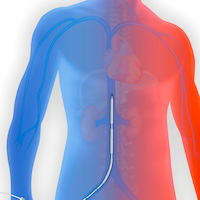
Loading and Increasing Vancomycin Dose Frequency Not Advantageous for Gram-Positive Sepsis in Infants
The efficacy of a vancomycin loading dose with more frequent dosing and shorter duration of treatment was comparable to standard dosing regimens for gram-positive sepsis in infants but with heightened risk for impaired hearing,... read more

Et Tu, Calcium?
We know our core medications for ACLS (epinephrine, amiodarone, lidocaine) but what is the role of other medications, like calcium? We know calcium can be used in the non-ACLS setting for hyperkalemia to prevent or treat... read more

Hypothermia vs Normothermia for Out-of-Hospital Cardiac Arrest
Hypothermia was first introduced in 2002 by two studies, Bernard et al and The Hypothermia After Cardiac Arrest (HACA) trial. The latter, although a small trial, showed improved neurologic outcomes at six months when patients... read more
